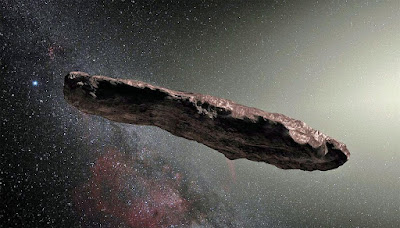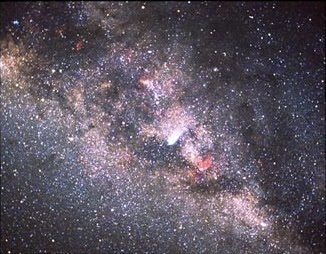Imprimis, a free-subscription publication of Hillsdale College, recently ran a piece by Lomberg based on a speech he gave for the college in which he challenged a number of popular beliefs about climate change.
For instance,
- The number of hurricanes which actually make landfall since 1900 is declining, not increasing. The same is true for the number of severe storms striking the U.S. (Category 3 or above). 2022 was the second lowest year on record for such storms.
- Despite the wildfires in Canada and the attendant haze over much of the U.S. wildfires are also decreasing.
- The number of people who die each year from climate-related causes such as drought, storms, wildfires floods and extreme temperatures was about 500,000 in the 1920s, 18,000 in 2010 and 11,000 in 2022.
In addressing climate change there are two costs we must consider - the cost to our society incurred by the damage produced by climate effects and the cost incurred by attempts to mitigate them.
For example, the Biden administration has declared a goal of "net zero" in carbon emissions by 2050, but it's highly unlikely that could ever be achieved given the exorbitant economic burden that would impose on the country. To realize just a 20% reduction in carbon emissions would cost each American $75 per person ($300 for a family of four) per year.
A 40% reduction would cost about $500 per person annually, a 60% reduction would cost $2000 per person per year, and an 80% reduction would mean that each person would be assessed $5000 each year. To get to 95% reduction of carbon emissions would cost each person about $11,000 every year - $44,000 every year for a family of four.
It's not surprising that those who promote "net zero" don't mention the costs involved.
But what's the cost of climate disasters relative to the cost of policies to mitigate them?
The worst case scenario for global warming, assuming we do nothing to prevent it, is a 7.4 degree (Fahrenheit) rise in global mean temperature by 2100. Such an increase would result in a decline of 4% in global GDP, but at the same time the OECD, World Bank and several other organizations project an increase in the wealth of the average person by 450 percent. Thus, if nothing was done to mitigate the effects of global warming and the worst case scenario came to pass the average person would still be much better off.
In dollar amounts the economic cost of doing nothing would be about $140 trillion. If we undertake efforts to mitigate the harm and reduce the temperature increase from 7.4 degrees to 5.3 degrees, the economic damage done as a result of the higher temperatures would still be about $110 trillion, but the cost of efforts to keep the increase to 5.3 degrees, assuming that China, India and Africa all participate, would be about $100 trillion.
In other words, the cost of keeping the global temperature increase to below 5.3 degrees is equal to or greater than the cost of the harm that such an increase would entail.
The sweet spot appears to be an increase of 6.75 degrees. This would produce economic damages in the neighborhood of $110 trillion, and to keep the increase from exceeding this value would cost the nations of the world about $20 trillion.
Mr. Biden's "net zero" is economically unrealistic. Limiting temperature rise to 3.9 degrees would still result in about $50 trillion in economic damage, but would cost almost $400 trillion to achieve.
These calculations demonstrate why the Paris Climate Accords are such a dumb deal and why President Trump was wise to withdraw from them. Even if all signatories, including China and India, do as they agreed to do, an unlikely prospect, the accords would only deliver about 11 cents of climate benefit for every dollar spent.
The media almost always focuses on the cost of the damage that would result from global warming but almost never reports on the costs of even minimal mitigation. It's good that people like Lomberg are around to give us that side of the story.


